Hyundai Nexo is new entry in lonely hydrogen-cell EV market
The electric movement for better fuels has gained more momentum than ever but that’s not the only arena automotive manufacturers have laid their eyes on. Many companies still pursue development of proper hydrogen-cell powered vehicles. Hyundai’s new crossover, Nexo, is their latest attempt at an FCEV.
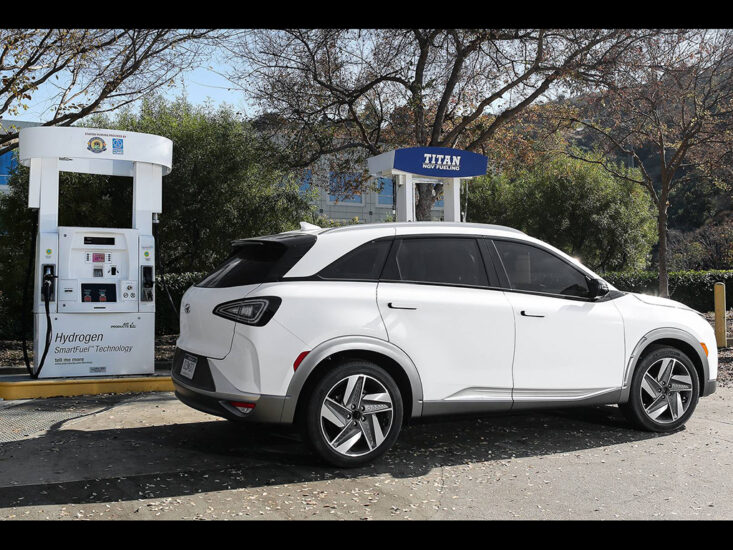
The Hyundai Nexo comes as a replacement for the Tucson-based FCEV and it improves on a lot that the latter found troubles with. Though the details of the actual vehicle are bleak, Hyundai shares a lot about the impressive technology under its hood. The Nexo is built on a bespoke platform designed to facilitate easy and flexible placement of the hydrogen tanks. The tank capacity has been raised to 53 litres from 47 litres in the Tucson FCEV. The fuel-cell stacks that convert hydrogen to electricity have been reduced in size to liberate more space inside the car. A Li-ion battery pack rests in the trunk of the car. The total output of this powertrain is 181 hp to which the battery and fuel cell contributes 53 hp and 127 hp respectively. The electric motor has grown more powerful as well, with the output rated at 160 hp with 394 Nm of torque.
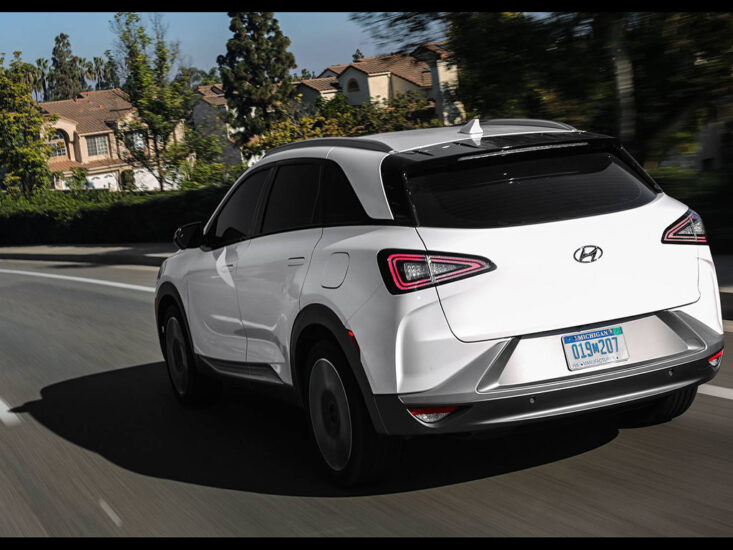
This has provided the Nexo performance that is well past the mark the Tucson FCEV set. The 0-100 kph run now takes just a smidgen above 10 seconds while the Tucson FCEV had to wait 13 seconds to hit the ton. The driving range of the Nexo has received a good increase too. The bigger fuel tank and the improved powertrain now give a total range of 560 km per tank, which can be equated to 4.7 litres/100 km equivalent.
When it comes to a fairly new concept like hydrogen cells, doubts about its durability and practicality are a guaranteed add-on. Hyundai has taken care of those by putting the Nexo through a testing schedule that is equivalent to a 10-year/160,000 km span. Hyundai says that it’d take about 241,000 km of driving to degrade the fuel-cell stack to an “end-of-life” voltage. Hyundai also took the Nexo to the two far ends of the temperature gauge to ensure its reliability.
Even with all the improvements, hydrogen fuel-cell powered vehicles have a lot to catch up to. The number of hydrogen filling stations is not even close to the number of EV charging points, let alone gas stations. But given the advantages, FCEVs could become a promising green alternative to regular electric vehicles — or a has-been player.
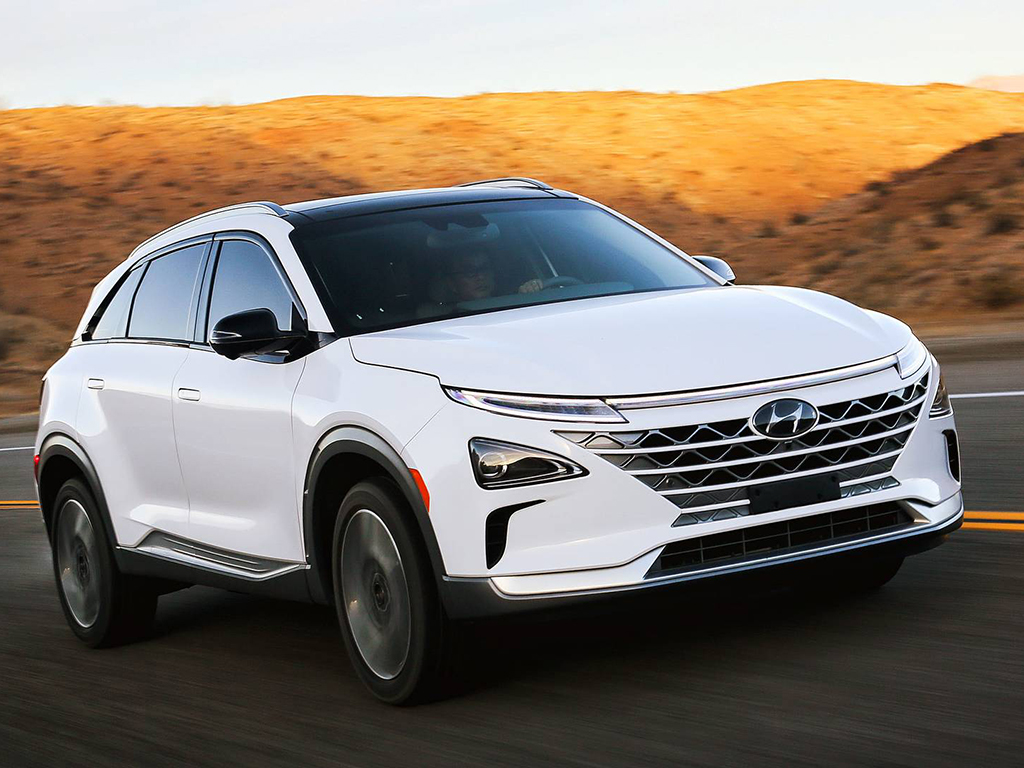


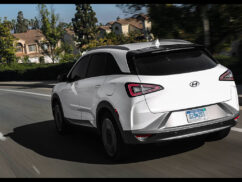


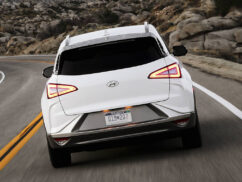
Comments
JINTO JOSE
A SMART LOOKING SUV WITH A PROMISE TO THE BETTER FUTURE.